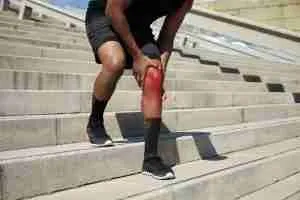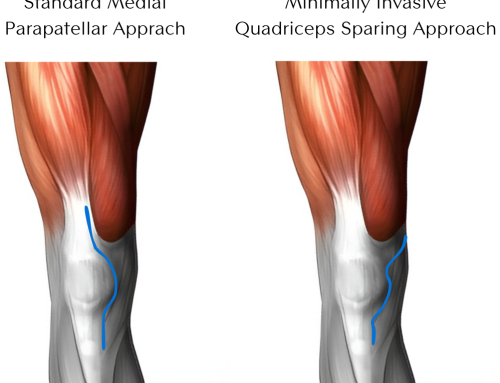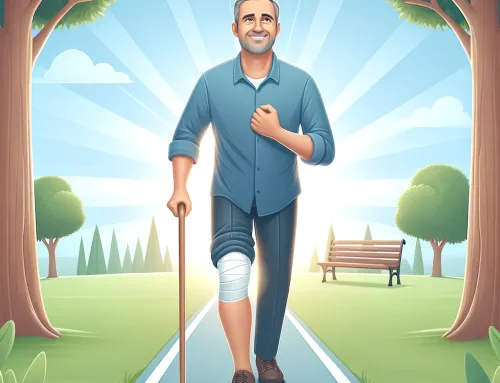
In the competitive world of sports, athletes constantly push their bodies to the limit, which, unfortunately, often leads to injuries. The quest for effective and swift recovery solutions is ongoing from tendonitis and ligament tears to muscle strains and joint pain. Enter Platelet-Rich Plasma (PRP) therapy, a revolutionary approach that has gained traction in sports medicine for its potential to enhance the body’s natural healing processes.
Understanding PRP Therapy
PRP therapy utilizes the patient’s blood components to treat injuries. Blood is drawn and processed to concentrate platelets injected into the injured area. These platelets release growth factors that stimulate tissue repair and regeneration, offering a beacon of hope for accelerated recovery.
Common Sports Injuries and PRP’s Potential
Tendon Injuries
Athletes suffering from Achilles tendonitis or patellar tendonitis may find relief through PRP therapy. By directly targeting the injured tendon with growth factors, PRP encourages natural tissue repair, potentially reducing recovery time and improving functionality.
Ligament Injuries
For those facing the daunting prospect of recovering from ligament injuries like an ACL tear, PRP presents an alternative to traditional treatments. It aims to expedite healing by enhancing the body’s repair mechanisms, although it is often used with other therapeutic interventions.
Muscle Injuries
Muscle strains or tears, common in various sports, are another area where PRP therapy shines. Injecting PRP into the injured muscle can shorten the healing timeline, allowing athletes to resume training and competition sooner.
Joint Injuries
Athletes experiencing joint pain or early-stage osteoarthritis from repeated wear and tear may benefit from PRP’s ability to reduce inflammation and promote the healing of damaged joint tissues. This offers a non-surgical option for pain management and recovery.
PRP Treatment Process for Athletes
The PRP treatment begins with a simple blood draw from the patient. The blood is then centrifuged to isolate the platelet-rich plasma injected into the injury site under sterile conditions, often guided by ultrasound for precision. This minimally invasive procedure requires minimal downtime, making it an attractive option for athletes eager to return to the game.
Advantages of PRP for Athletes
The appeal of PRP therapy lies in its potential to significantly cut down recovery time, decrease dependency on pain medications, and avoid surgery. Its minimally invasive nature and compatibility with the body’s natural healing processes make it an increasingly popular choice among athletes looking for an edge in their recovery.
Integrating PRP into a Holistic Sports Recovery Program
PRP therapy should be part of a comprehensive treatment plan that includes physical therapy, proper nutrition, and rest for optimal recovery. Athletes considering PRP should consult a sports medicine specialist to determine the most effective recovery strategy tailored to their needs.
Conclusion
As the science behind PRP therapy continues to evolve, its role in treating sports injuries appears increasingly promising. Offering a blend of reduced recovery times and a natural approach to healing, PRP therapy represents a forward-looking option for athletes facing the challenge of sports-related injuries. Consulting with a healthcare provider can help determine if PRP is a suitable option, potentially setting the stage for a quicker, more effective recovery and a faster return to the sport they love.
Whether you’re an athlete with a recent injury or someone interested in the latest advancements in sports medicine, PRP therapy’s potential is worth exploring as part of a holistic approach to recovery and health.




